
Following World War II, with things heating up in Korea, the U.S. furnished some 89,000 M1 Garand rifles to South Korea to protect their side of the 38th Parallel with America’s help during the Korean War.

After the ceasefire on 7 June 1953, the South Koreans began putting the M1s they had issued (along with many more they had not issued) into storage, as they sought to adopt more modern rifles for their military.
A half-century later, a movement to have the “South Korean” M1 Garands returned to America began. A bidding process started, with two commercial U.S. companies competing to buy the M1 rifles and spare parts.
The companies were Century Arms and Lionheart Industries, makers of the LH9 Pistol. Century Arms won the bid, but after initial approval, President Obama stopped the return of the M1s by executive order in 2013. As a result, Century Arms is reported to have laid off more than 30 employees.
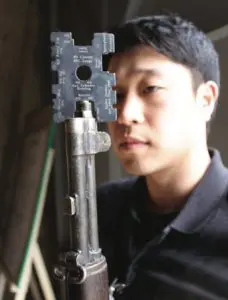
Next, the U.S. Army sought to have the M1 Garand rifles returned in order to give them to the Civilian Marksmanship Program (CMP), but the Obama Administration continued to prevent any movement to reacquire the M1s.
In June 2015, Wyoming Representative Cynthia M. Lummis introduced HR2611 to allow the historic World War II M1s to be returned to America to be purchased by collectors and competitors. The stalemate continues, with the South Koreans considering the rifles to be a “national treasure.”
There are many thousands of M1 Carbines and Model 1911A1s too.
THE TREASURE TROVE

Recently, in speaking with D.J. MacLean, President of Lionheart Industries, I learned that he had a number of photographs of the M1 rifles stored in South Korea taken prior to the bidding. He described one of the vaults being recorded as having last been opened in 1953. He allowed me to submit the photos to S.W.A.T.
Mr. MacLean’s inspection of the rifles was done randomly, with relatively few M1s examined—probably no more than 100. Even so, he reported that several M1s with low serial numbers were observed, including Springfield M1 #200 and #592, the latter shown on page 27. Both were manufactured in 1937.
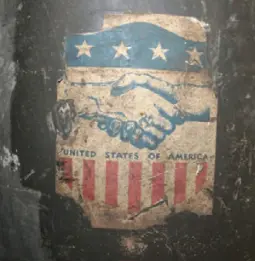
All M1 Garand rifles up to about serial number 50,000 were originally “gas trap” systems. Springfield began converting them to use barrels with gas ports in 1940.
Those M1s that had been issued to South Korean troops had unit numbers painted on their stocks, while the rest remained new or like new, as new refurbished, still sealed in their original shipping crates and sleeves.

There were also 500 Springfield special steel drums, each containing ten rifles. A photo of one of these is shown above, as it was opened to examine the M1s it contained. They were new and unused.
With historical and political details of the above situation abounding, it is the photographs of our M1 rifles remaining in South Korea that are of the most interest, and they are seen here for the first time.

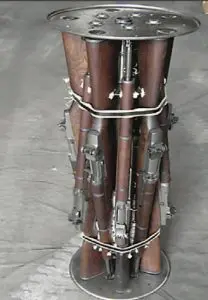

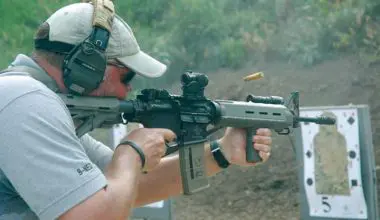
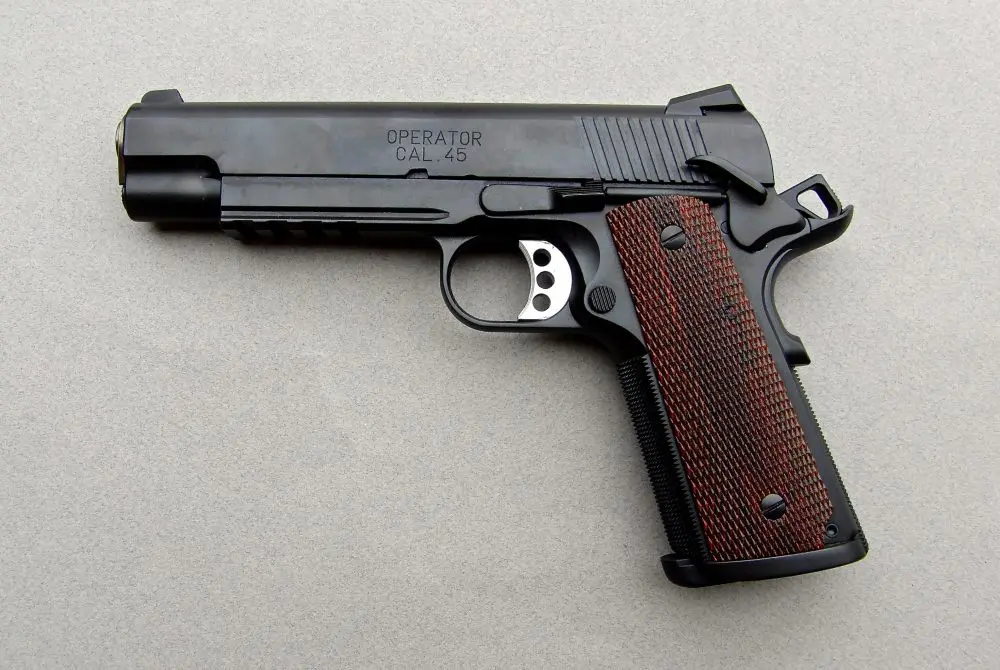


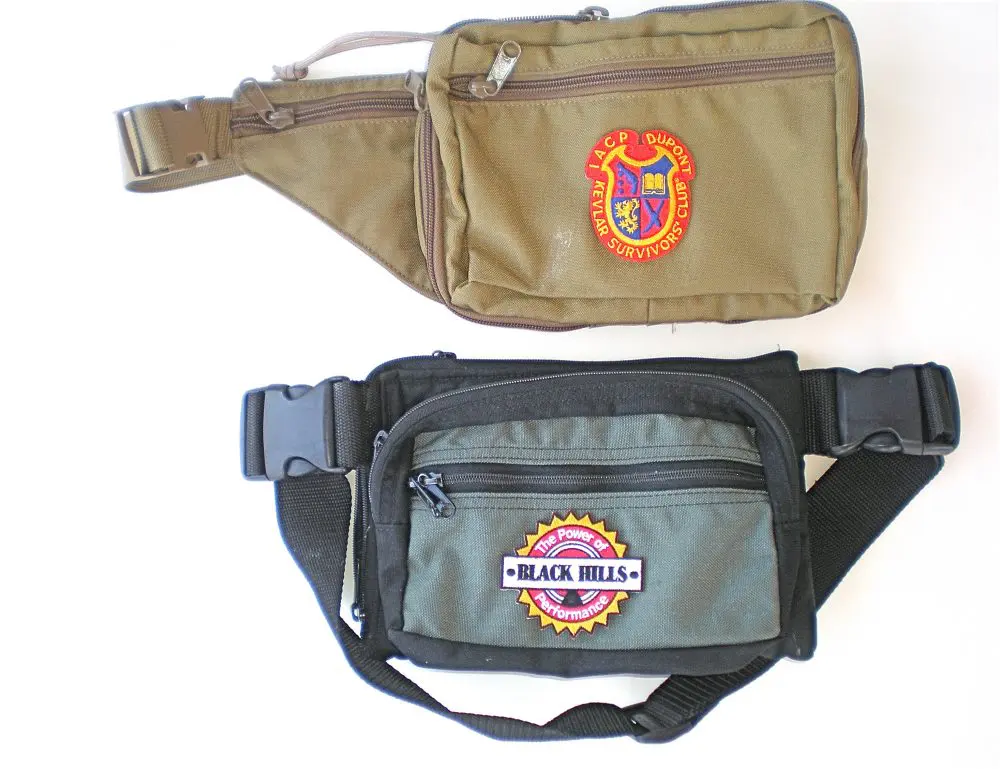

1 comment
I’mI am interested in one of them